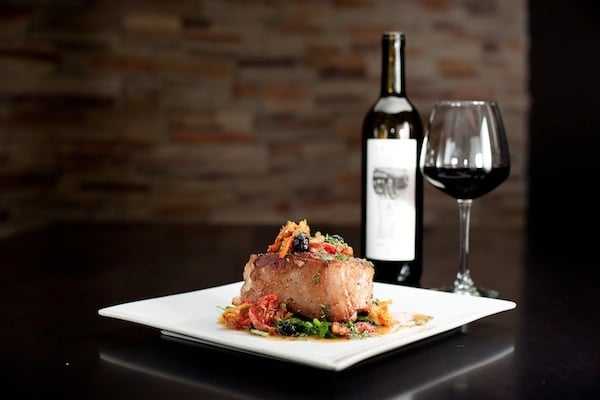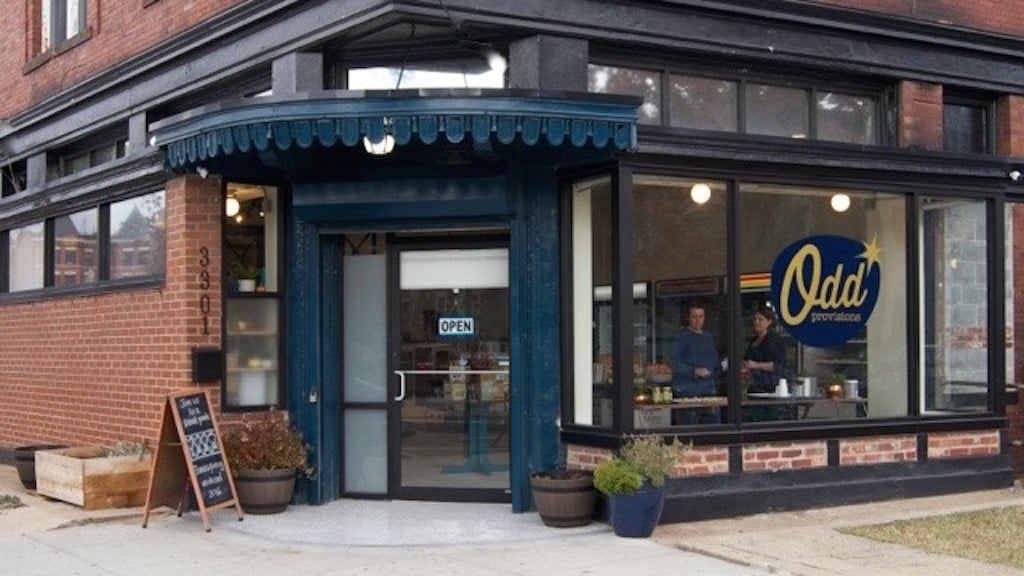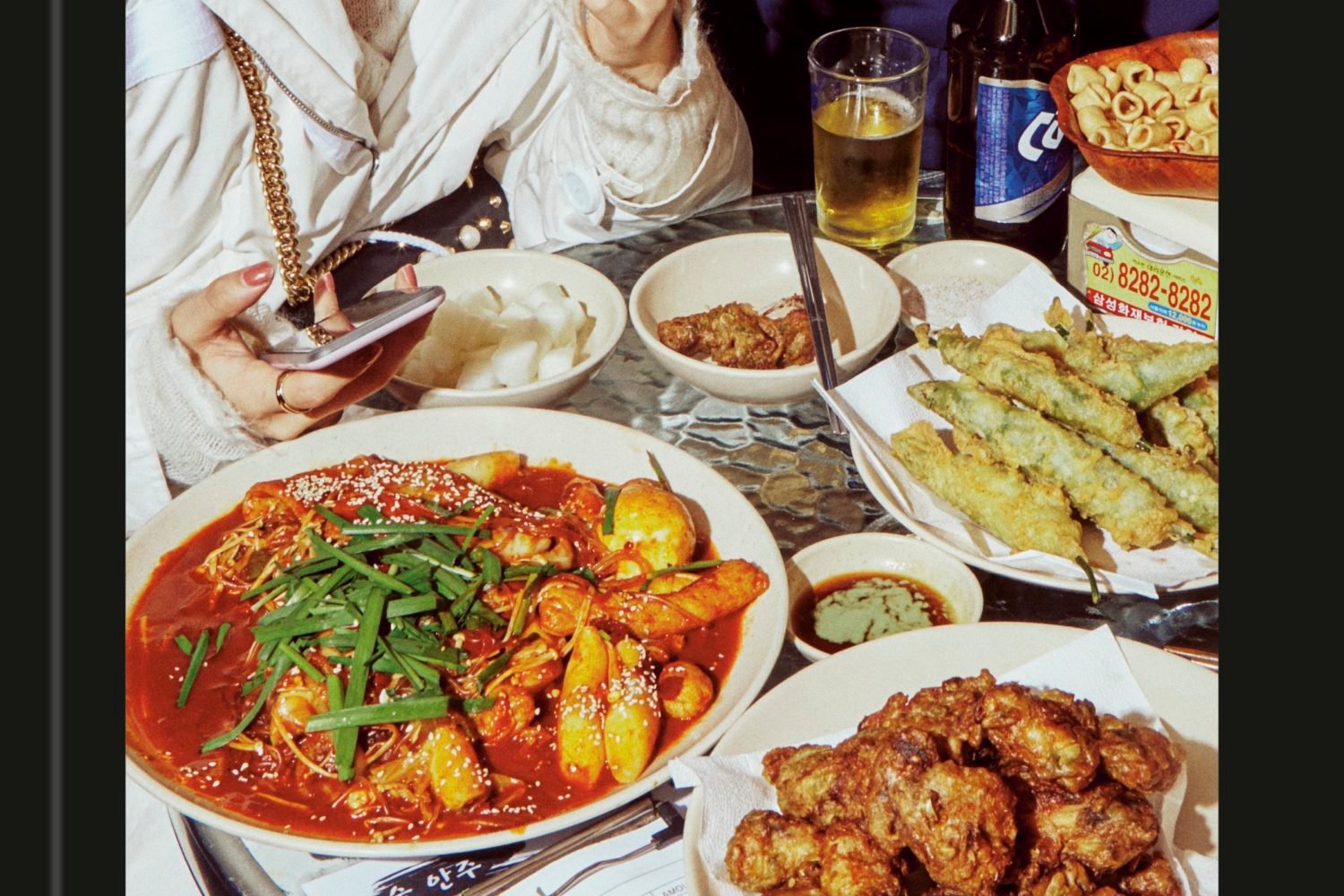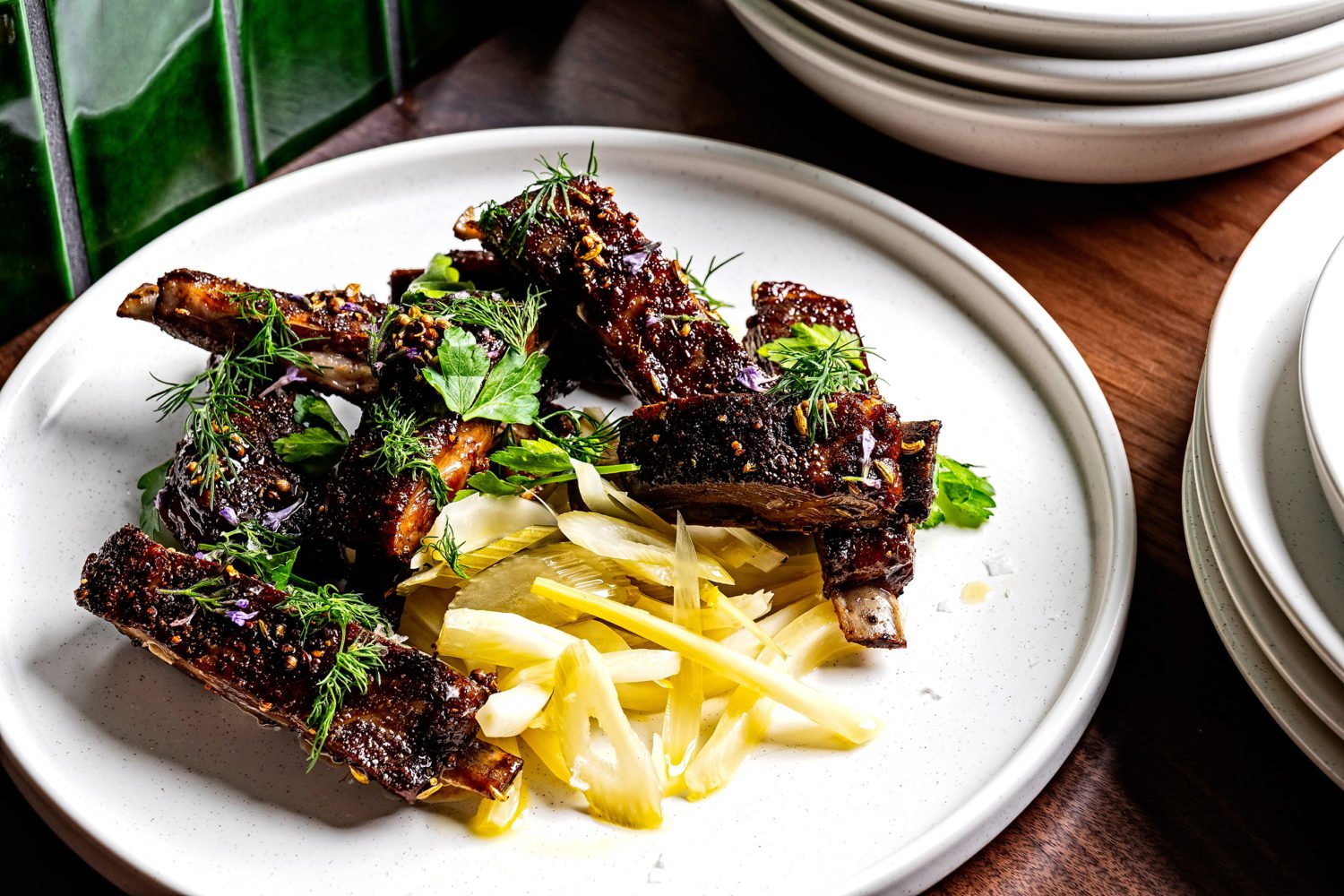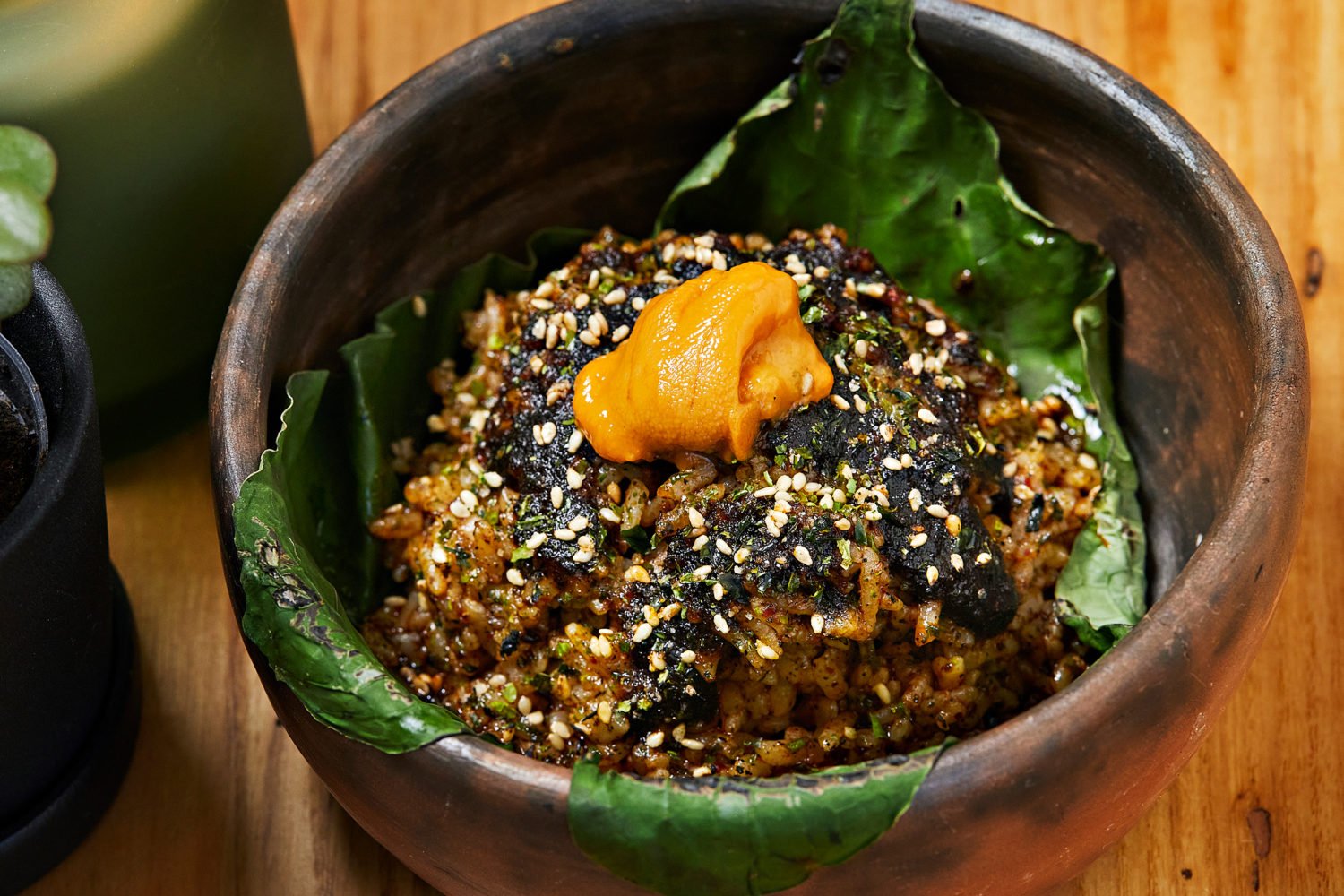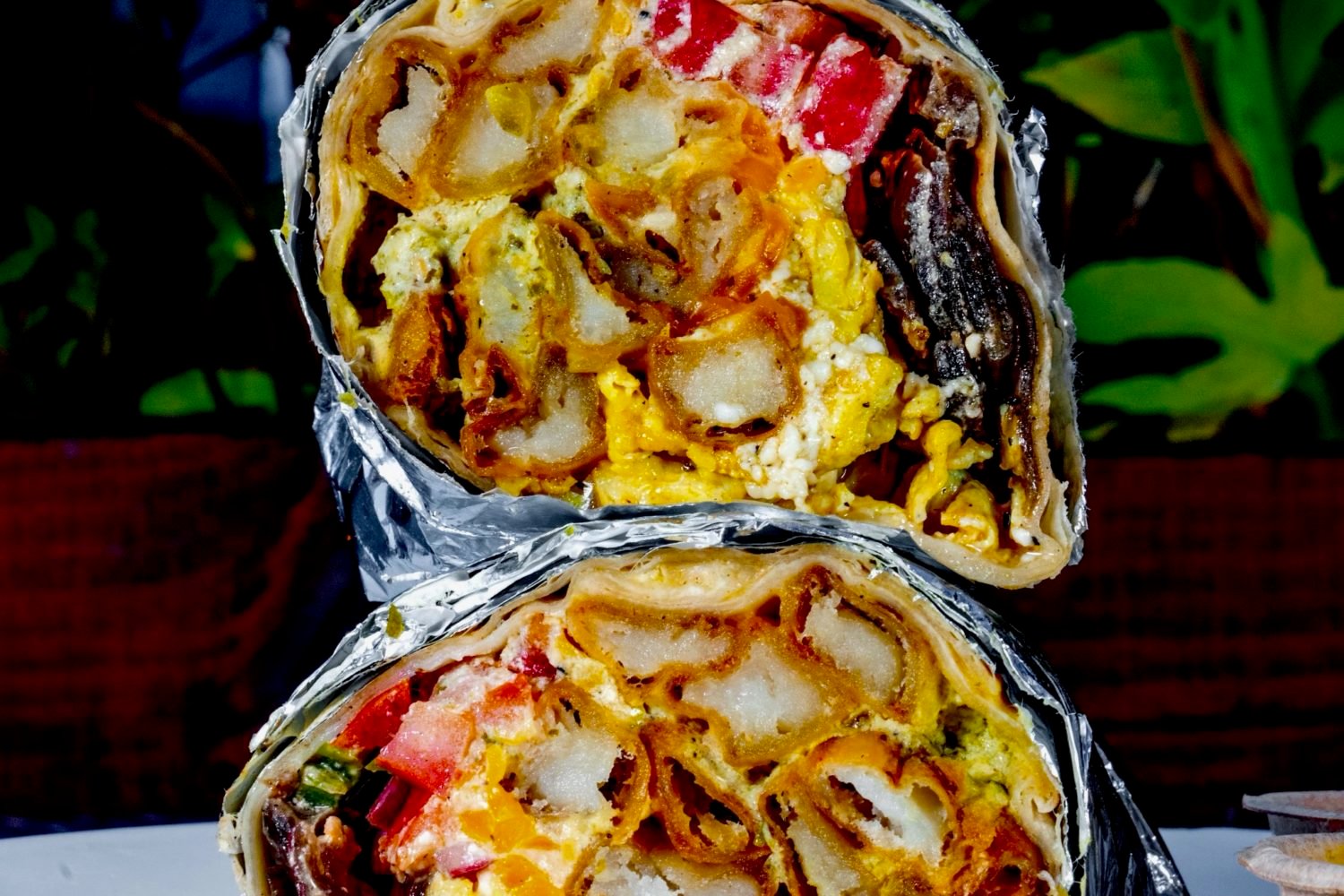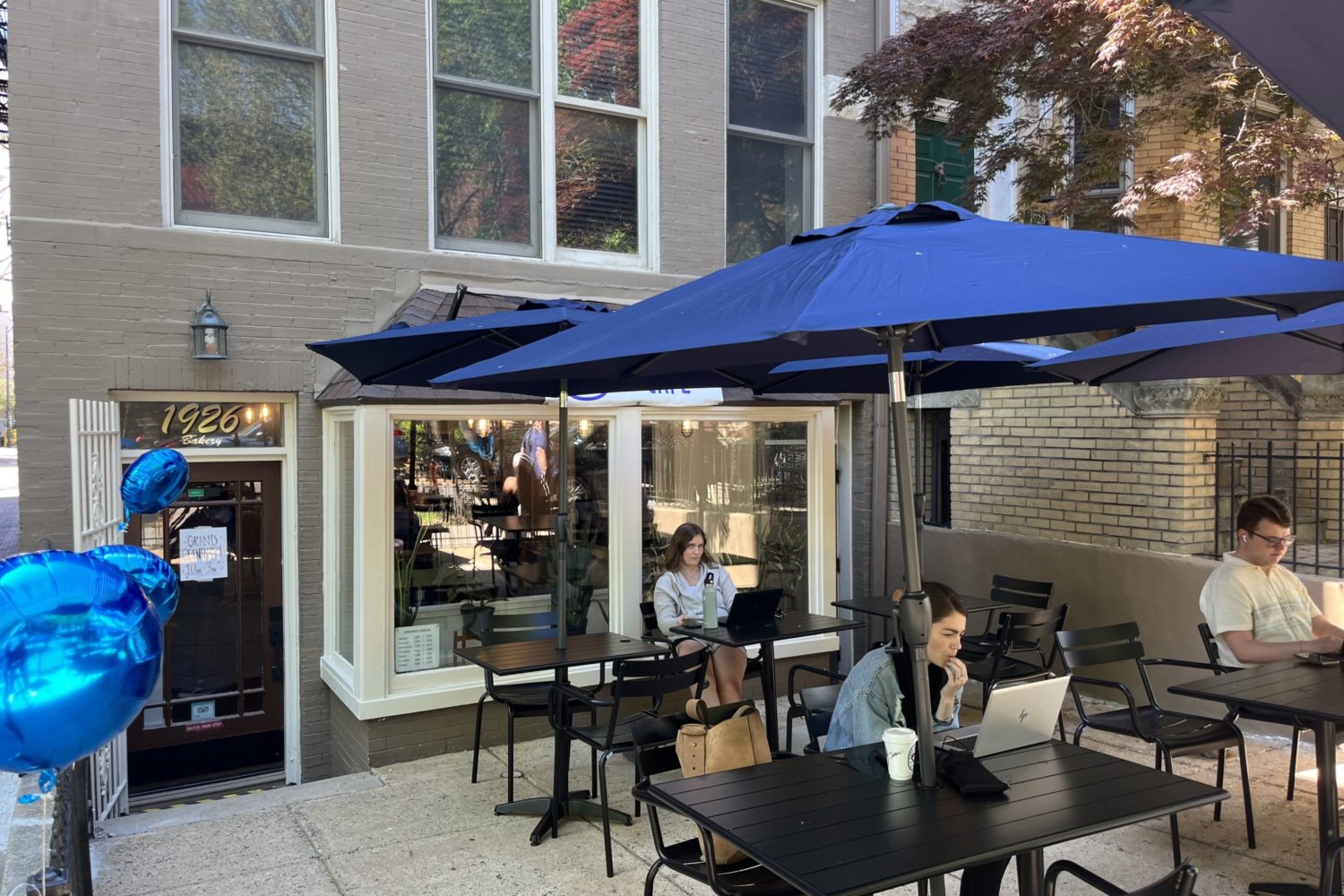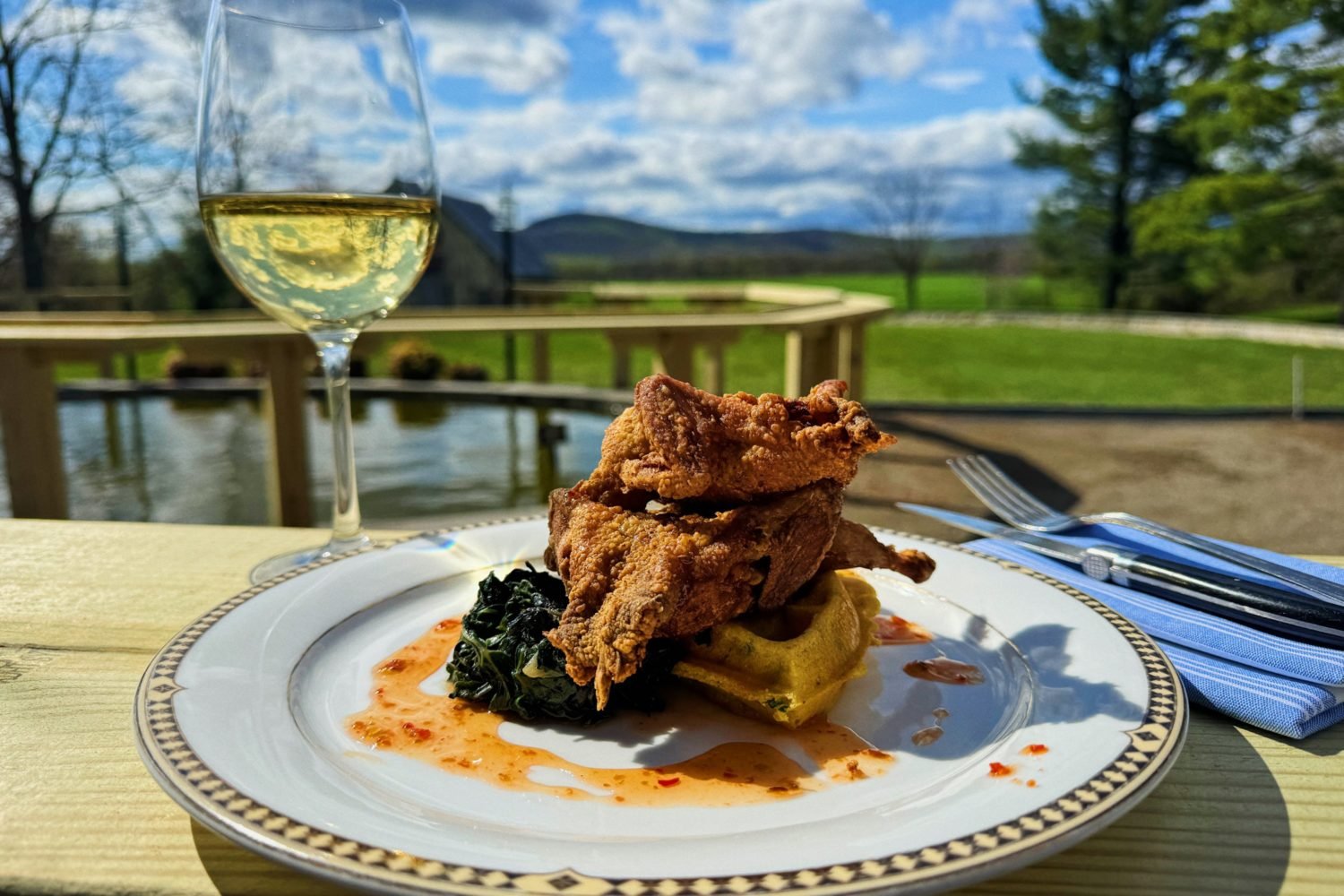NOTE: Information below reflects 2012 Restaurant Week; for full details on 2013 Restaurant Week, visit our earlier post or the official website.
Let the feasting begin. Restaurant Week’s winter session starts today, and hundreds of area eateries are attempting to entice diners with deep discounts and special menus. Anna Spiegel already filled us in on which restaurants are new to the dining-deal list, as well as those taking original approaches (like piling on the perks or offering weekend brunch). Now, eight inveterate local diners share their tips for navigating the long list of offers.
1) Aim high—and do your research.
“Restaurant Week isn’t the time to check out that cute little wine bar or neighborhood-y small plates spot you’ve been meaning to try—and yeah, that knocks out a lot of the restaurants taking part,” says Ann Limpert, food and wine editor at Washingtonian. Instead, hit the places where ordinarily 20 or 30 bucks would barely get you in the door.
“A few to look out for: the lounge at Citronelle, where the dinner menu is concise but offers Michel Richard hits like the goat cheese Caesar salad and chocolate mousse with cocoa puffs; the Oval Room, which has a nice variety of dishes; Vidalia and Bistro Bis, which in the past have offered their full menus (watch out for upcharges); and Fiola, where the lunch menu includes the cacio y pepe spaghetti I’ve been obsessing over since I had it a few weeks ago (it alone costs $19). Exceptions to the rule are the ambitious mid-range restaurants with especially broad menus, such as Urbana, Ardeo, New Heights, and BlackSalt.
“Adour and 1789 haven’t posted their menus yet, but keep an eye out for those, too.”
2) Beware sneaky fees.
Russell Warnick, Endless Simmer contributor and CityEats blogger, cautions diners to look out for the fine print. “Check out the menus so you’re not duped into paying for the add-ons. It has become increasingly common for restaurants to throw in surcharges for a steak. You’re there to pay the $35—enjoy what the chef has to offer.”
3) Use it as an audition.
While some restaurateurs dread Restaurant Week, chef Jeff Black (Pearl Dive, BlackSalt, Addie’s) says he likes to look out at a dining room full of discount diners and think, “This is the next crop of regulars.” RW is an excellent opportunity to test-drive an upscale eatery as a potential location for your next anniversary dinner or date.
4) Get on the horn.
Food writer Nevin Martell says you shouldn’t stop at online reservations. “Even if OpenTable or CityEats says a restaurant is booked up, they may still have seats available if you call, since booking Web sites only have the power to reserve a portion of the tables available.”
5) Forget dinner.
Washingtonian food and wine editor and retaurant critic Todd Kliman advises Restaurant Week diners to forgo the evening-meal option. “At $35—sorry, $35.12*—for three courses, it’s not much of a deal anymore. Don’t forget: That’s not including tax and tip. Add in a couple glasses of wine, also not included, and you’re looking at $120 minimum for two. Oof. At those prices, do you really want to be locked into an appetizer, entrée, and dessert when you’d just as soon split a dessert and probably even an appetizer, too?”
Lunch, however, “is when Restaurant Week makes good on its much-hyped promise. $20.12* for three courses is a legitimate deal, and particularly when those three courses just so happen to be standard menu items (buyer beware: many participating restaurants sling a lot of chicken breast and farmed salmon during RW) at some of the city’s premier dining destinations.”
6) Go long.
Metrocurean’s Amanda McClements suggests avoiding the masses by seeking out places that are extending the deal beyond the official Restaurant Week. “It’s easier to get a table, and the staff probably won’t be so harried.”
7) Pick dining companions carefully.
Martell has a second smart tip for maximizing your RW enjoyment: “Restaurant Week is a good time to go out with adventurous omnivores who can go with the flow. Leave the picky vegans with gluten allergies at home, since it’s a tough time for the kitchen to make substitutions or accomodate other special requests.”
8) Soak it in—and speak up.
The vast majority of Restaurant Weekers who come to Bombay Club are first-time diners there, according to general manager Irfan Ozarslan, a 23-year veteran of Ashok Bajaj’s fine-dining Indian eatery. “They have a blast discovering the new cuisine and style of eating,” he says, and adds that he would encourage any RWer to ask questions about the food, the environs . . . all of it. “If I were going to a Lebanese or Moroccan restaurant, I would want to know everything,” he says. “They shouldn’t be afraid to ask questions.”
Wherever you go, remember that staging Restaurant Week is no easy feat for any eatery. Be nice and tip well, and we may see even better deals next time around. Bon appétit.
*This post originally said restaurant week’s lunch was $20.11 and dinner was $35.11. We regret any confusion this may have caused.

